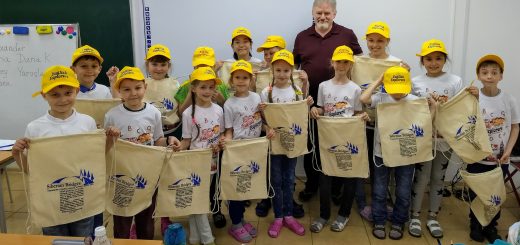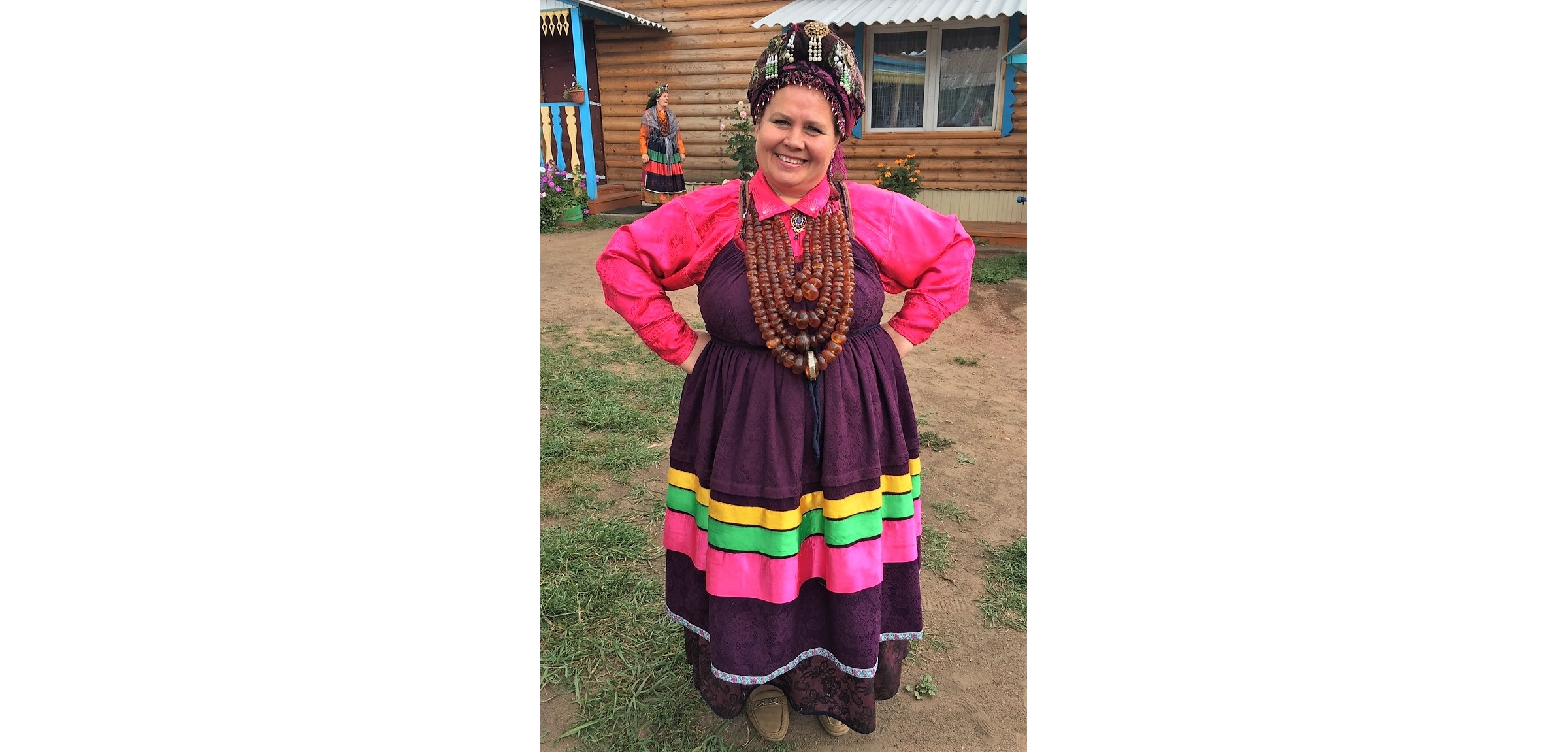Tom in Chita 2019, NO. 3: THE DECEMBRIST FESTIVAL IN PETROVSK-ZABAIKALSKY
Decembrist Festival and Iron Mine Excursion
The 3rd Decembrist Festival of Petrovsk-Zabaikalsky (pop. ~16,000, founded 1789), but the first designated as international, took place June 9-14, coinciding with the town’s “Day of the City” (birthday) and “Day of Russia”, a post-Soviet holiday set for June 12. People attended from across Russia, and from Germany, China, Italy and I represented the USA.
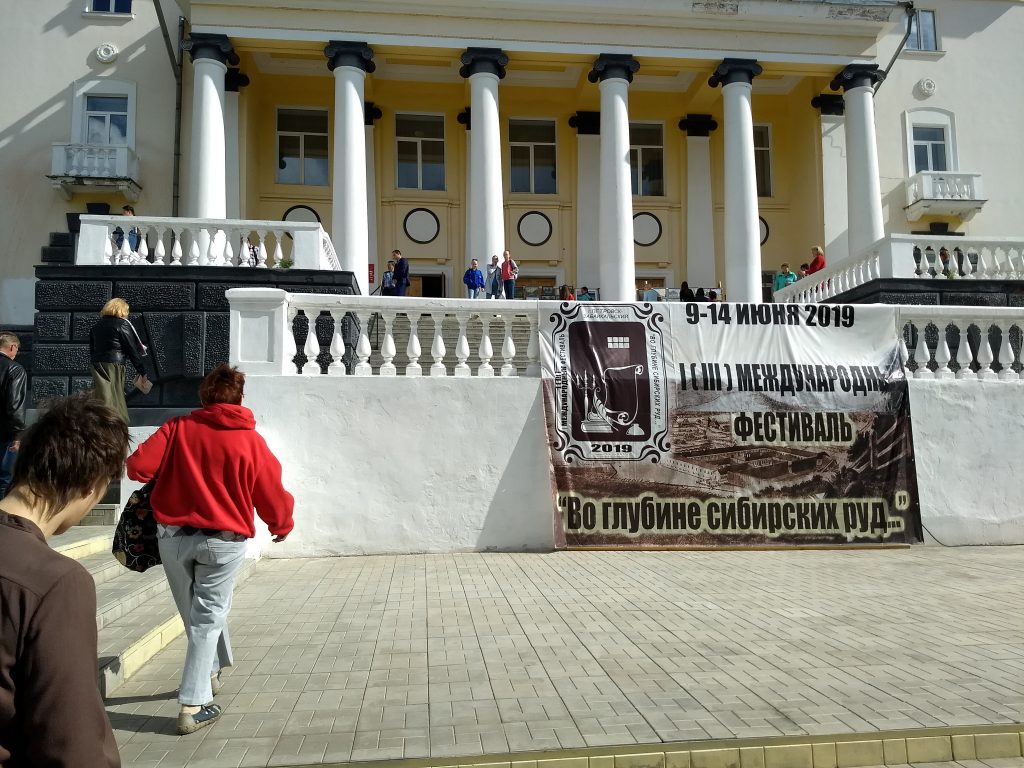
The festival celebrates and preserves the memory of the Decembrists, a group of aristocratic Russians who, following the War of 1812, plotted in secret for years to end the monarchy and serfdom. The fateful uprising occurred in December 1825 (hence, their name) upon the death of Tsar Alexander I in St Petersburg. A portion of the Tsar’s army supported the plot, but the new Tsar, Nicholas I, learned of the plot and was ready for the moment.
The uprising lasted only a few hours and was put down decisively. The Tsar himself was the prosecutor of the insurrectionists and the five ring leaders were hung together publicly. (Famously, the scaffolding broke and not all died. There was a law that if a person condemned to death was not successfully executed on the first try, he could go free, but that was not followed in this case, a situation that appeals to the mordant Russian sense of humor. Another scaffolding was built and this time, they all died.) The rest of the group, numbering in the hundreds, were exiled from Moscow and St Petersburg to various places across Siberia in groups as small as three to the largest group, 78, being sent to Petrovsk-Zabaikalsky, (at that time—and for most of its existence—called Petrovsky Zavod).
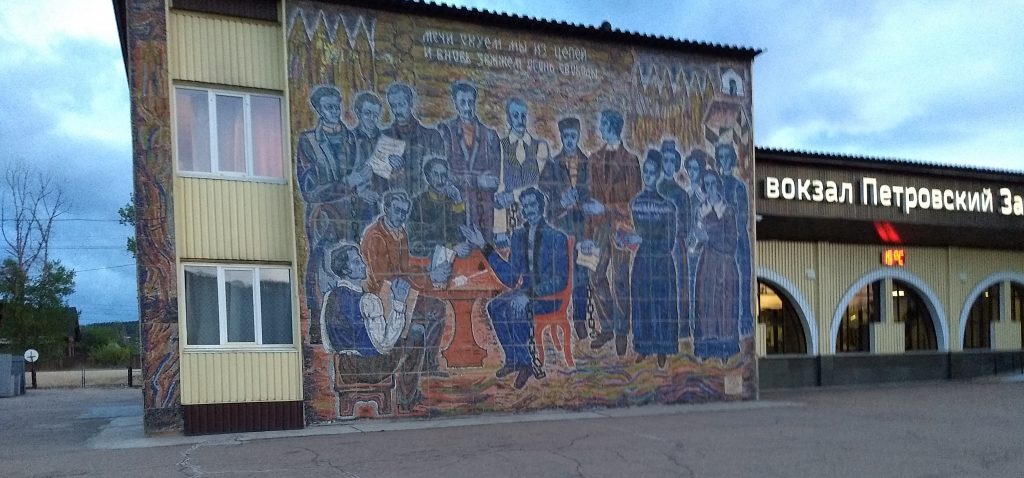
Famously, many of their wives followed them to live nearby their prisons. Conjugal visits were apparently allowed in many cases. Also, the wives brought education to the rough world of 19th century Siberia.
Depending on the warden of each prison, the prisoners were allowed books and simple comforts. They brought modern agriculture (greenhouses, cabbages, onions, tomatoes), progressive education (the Chita Decembrists started a free school for both boys and girls and of any ethnicity, and though forbidden by the warden in Petrovsky-Zavod, some of the Decembrists managed to smuggle literature into the town and educate some boys under cover of choir practice), city planning (the city plan of Chita, then a settlement of 800 people, was devised by the Decembrists and makes up the logical and convenient city center now in this city of 330,000) along with other benefits, not the least of which was the respect they garnered across the nation for their principled and humane stance at the risk of all they had including their social standing.
The prison sentences of hard labor were typically for nine years, but the exile from home was for life. In fact, when Nicholas I died in 1855, the next Tsar, Alexander II, commuted all the sentences, allowing all the Decembrists to return to their former lives in western Russia, but only two returned, the rest making their places of exile their homes.
IRON MINE EXCURSION
The highlight of the festival for me was the excursion to see the iron mining around which Petrovsky-Zavod was founded and the reason the Decembrists were sent there: as slave labor for the mines. These mines were started under Peter the Great, hence the name—zavod means “factory”or “works”—to support the silver mining in Siberia that was his real interest. Before the iron of these mines, iron tools and equipment for the silver mining had to be shipped from western Russia at great expense. All the miners for these mines from their inception through their final days during the Soviet Union were either imprisoned criminals or subject to indentured servitude of some kind. I don’t really understand what circumstances would lead to such a situation, but prisoners, ie. criminals, were there for the duration of their sentences (unless paroled or commuted), after which they could leave, while the indentured miners had no way to escape the place. It was a great irony that many of those deliberately committed crimes so their status would change to prisoner, a status that had the possibility of leaving!
The festival participants (????????) travelled about 45 minutes by 4 buses and an SUV to Balyaga, the site of the small mountains with the mines. The roads of Petrovsk are pretty bad generally, but the dirt roads and eventually simple tracks to the mines were, let us say, an experience! We were given an orientation before the excursion, mostly warnings about the difficulties, and the 1st was that we must wear the seatbelts in the buses because of the absurdly awful roads! (Note: in fact, all public buses in Russia now have seatbelts and wearing them in buses is the law.)
Our first stop was a furnace up the steep slope of a hillside. . At the beginning of mining, the iron was extracted onsite and carted back by horses. The forest is dotted with these low mound-like stone structures, about 5 ft in circumference, 3 ft high and dug into the ground, though most are not easily accessible.
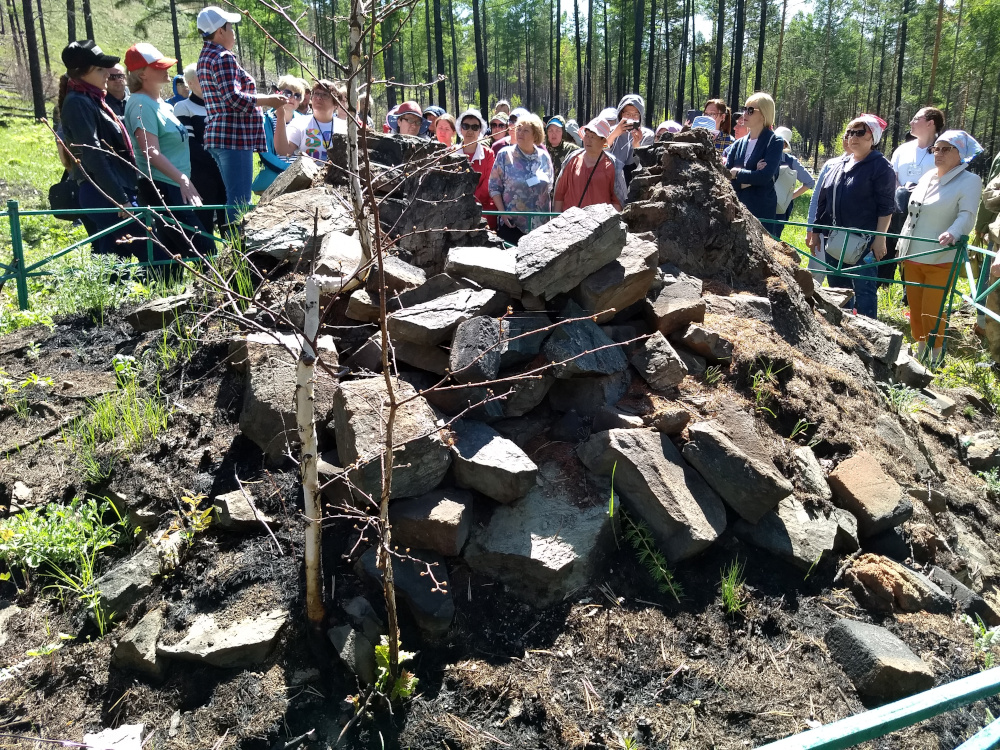
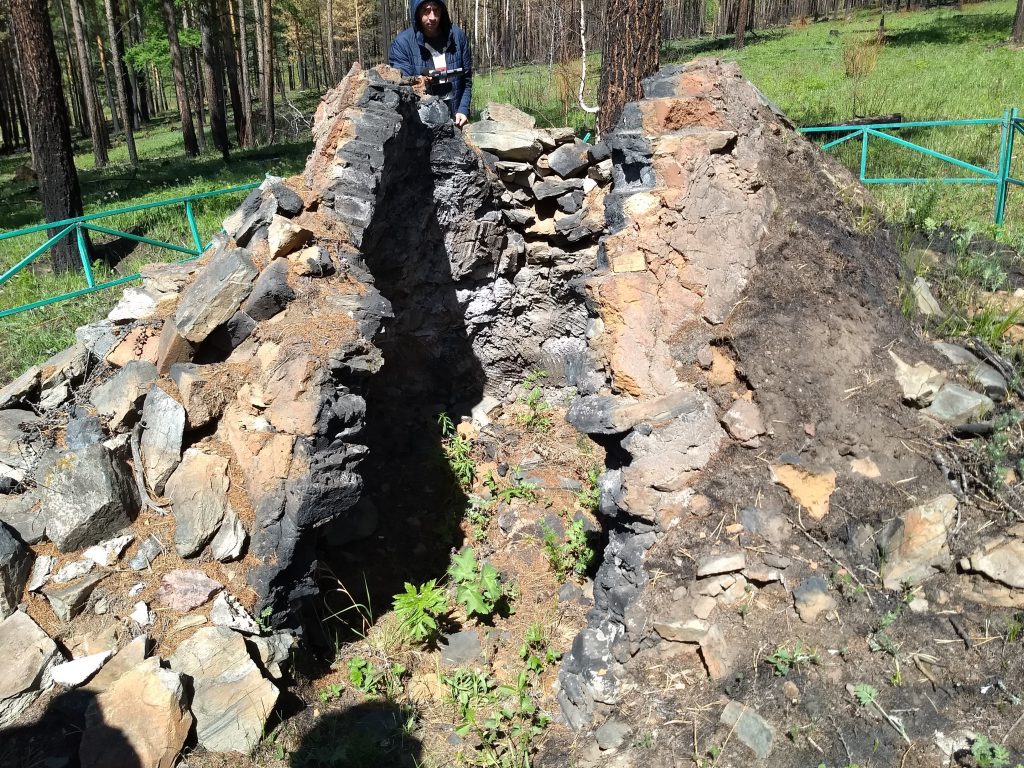
We then made our way into the forest for the climb up to the mining areas. We ascended the steep hills in two large groups to see various mine shafts, tailings piles and open pits. By the time of the Soviet Union, underground mining was not considered economical and blasting open pits was the norm.
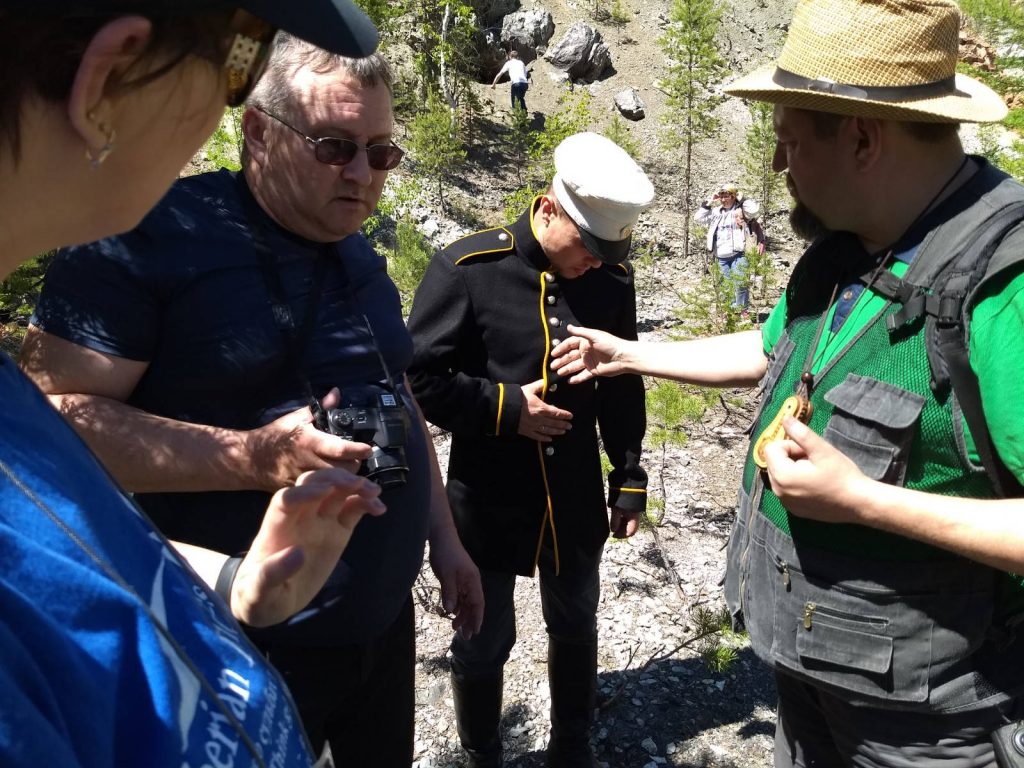
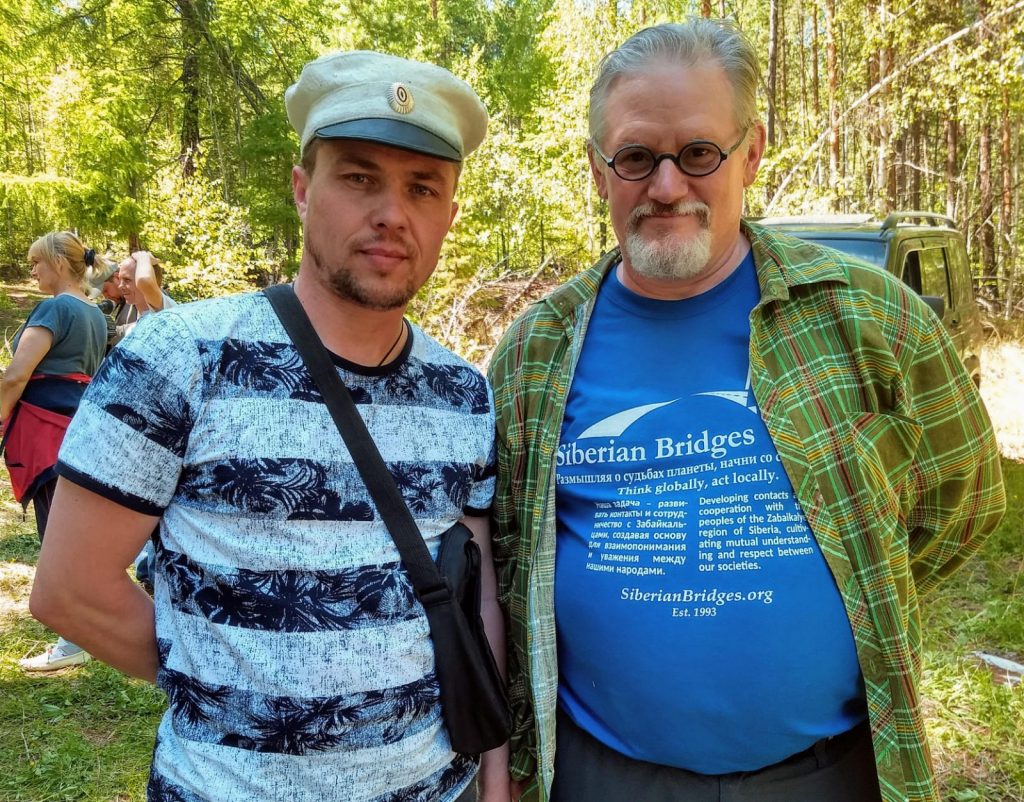
At one open pit, a long man-made steep-sided valley about 80 feet deep, we were met by a startling scene. Down at the bottom were four men with arms and legs in chains, clad in rough burlap hooded capes and skirts, wearing big leather boots, and smashing the rocks with large hammers. With us on the upper ledge were a tall Cossack in a military uniform and a wild-looking white sheep’s wool hat, another in what looked like a Soviet army uniform and another in a white felt guard’s cap and black uniform, perhaps from the middle of the 19th century. The Cossack shouted insults down at the prisoners, and at one point threw a loaf of bread at them from a big basket carried by a man and his wife in 19th century blouse and full pants stuffed into his boots, and she in a long dress and kerchief. All these people were members of a re-enactment club, the leader of which assisted our guide in interpreting what we were seeing.
Re-enactors playing prisoner-miners, here “returning to the prison” (actually ending their re-enactment and joining the picnic.)
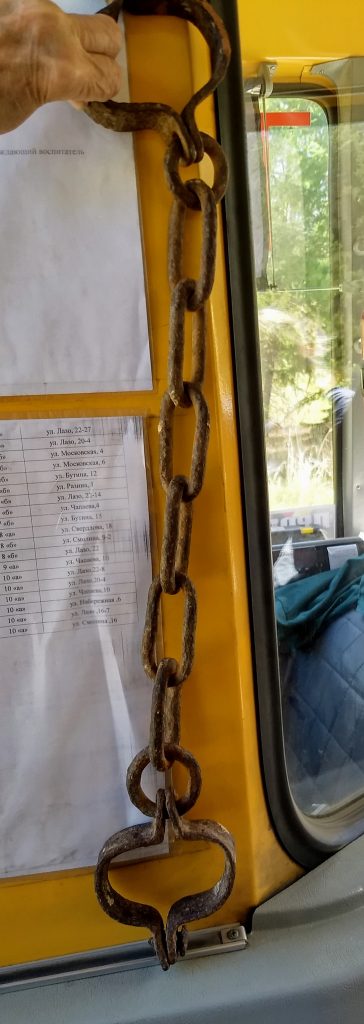

I should mention our wonderful guide, Svetlana Anatolievna Homokonova, historian for the city and head of the Decembrist Museum. She spoke at length on our bus and along the mountain route about how the mining was done, and who did it.
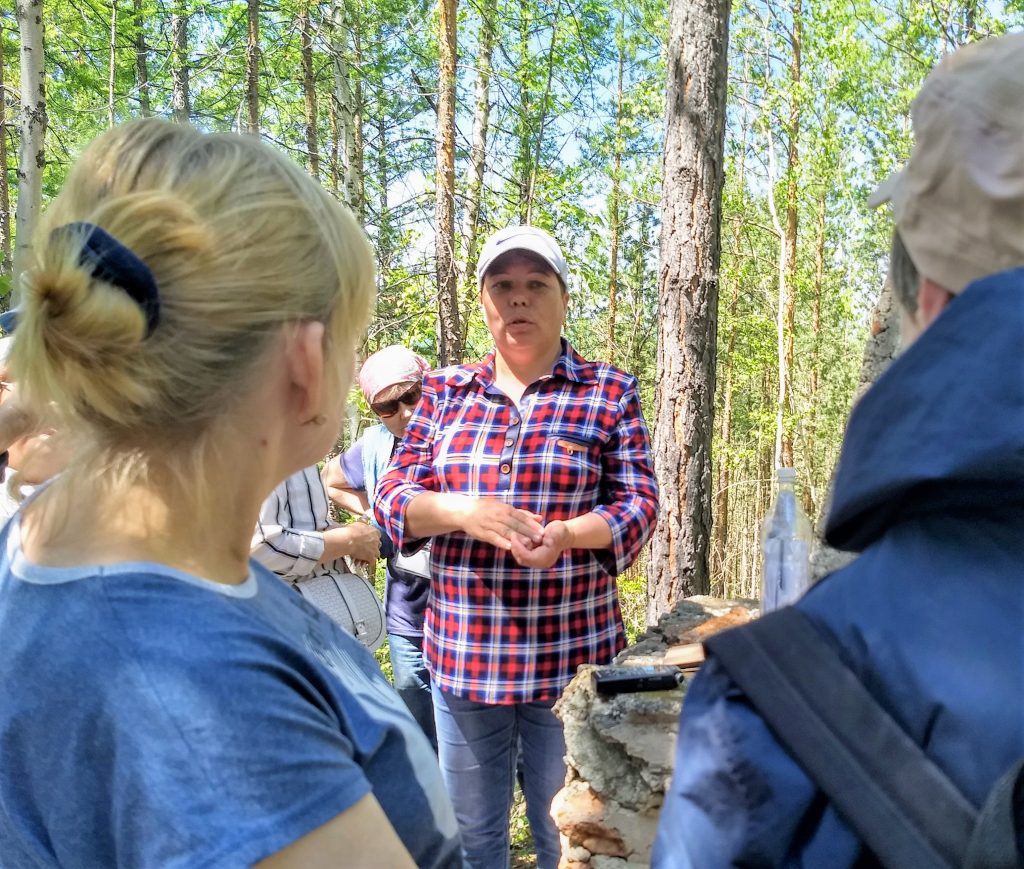
The hike came to its furthest point at a monument to the Decembrists who broke rocks there. It was a humble monument with a flat rock engraved in old-style Russian characters at its feet, and a small four-sided obelisk on top, also inscribed. Blasting had ruined it, but devotees of the Decembrists reconstructed it.
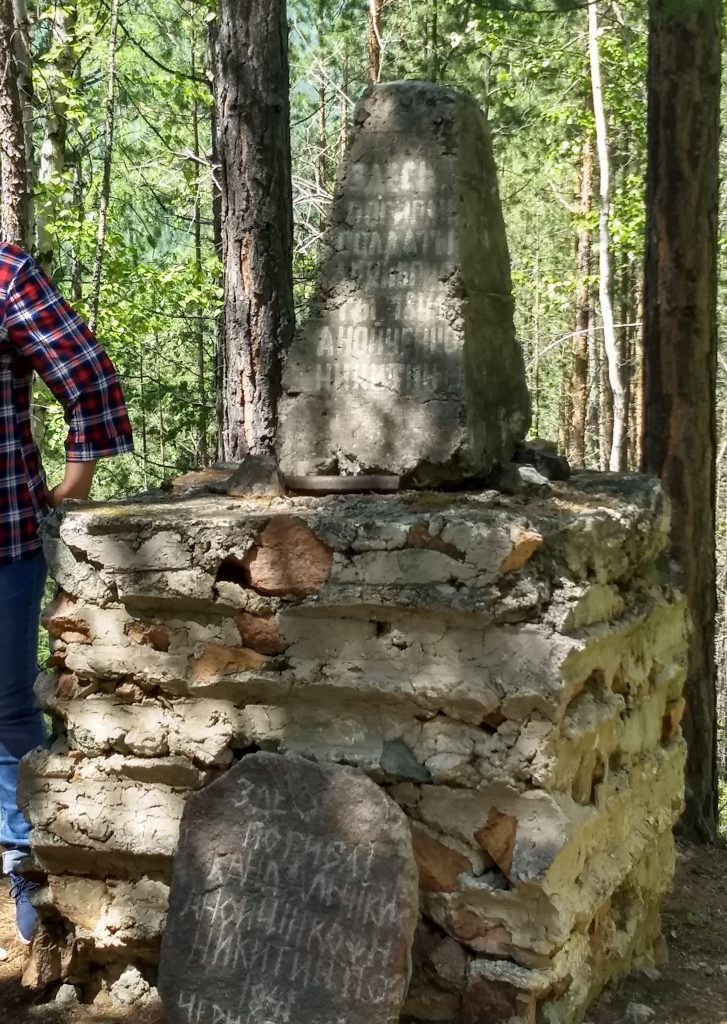
At that point we turned around and descended the mountain as the 2nd group that followed on was watching the rock-breaking prisoner re-enactors. Back at the bottom were tables and benches and picnic was served of thick soup, seafood salad, tomato and cucumber salad, sausage, kasha and roasted chicken, followed by candies, pastries and tea. Part of our group were about 10 plein air artists and a group of them sat painting and drawing a portrait of the fierce Cossack. Pictures were taken of the group.
It ends up that the guard in the 19th century costume was the father of a teen-aged musician I had met on two previous visits and he introduced himself. He is a rock musician, too. I learned his son, Vlad, was studying music in Irkutsk and we exchanged contact information. I was introduced to a German descendant of one of the Decembrists and made contact with a woman from Moscow connected to an historical society. She had come to Petrovsk years ago as a metal engineer, and developed an interest in the Decembrists. I told her I had a hard time finding any material in English on the Decembrists, even just a simple recounting of the story. She said her society was in the process of translating some of their Decembrist material (or intended to translate it—I’m not sure what stage it was in) and would keep me apprised. I think she also was going to send me, or tell me where to get, materials in Russian.
While I’ve spent a lot of paragraphs on the mines excursion, there was also the opening of an art exhibition the previous day at which I was asked to play some Chopin Mazurkas. I had offered my current recital program of Chopin and Beethoven, because both sets of music were things the Decembrists and their wives might well have heard, or at least heard of, and possibly some of the wives might even have played them.
The evening after the excursion there was a program of music and recitations of writings, letters and poetry associated with the Decembrists, from poetry by Pushkin to letters by the Decembrists and their wives. A group of women sang beautifully straightforward a cappella unison renditions of songs of the time, including what was my favorite Russian song, ?? ???, that I knew from a recording from the 40s or 50s someone had given me a long time ago. I was not aware it was as old as it really was, though. Of the speakers, one girl was especially affecting. Dressed in a simple high-waisted print dress of the era with her hair up in the early 19th century style, A long tendril hanging in front of each ear, her soft voice and modest but strong and expressive presentation of her letter felt like a flash to a distant past.
I was asked to open this program with some words and a little more Chopin. I spoke about the question I was asked several times these two days: why did the Decembrists interest me? My answer was this—that at first they were just part of my experience coming to the region, one of the things one learns about the place. But being rather dense, it took many visits, and a good deal of maturation on my part, to begin to perceive the importance of these citizen heroes, with their heart, concern for their nation and especially the people of the nation, their intelligence and their willingness to act, even contrary to the norms of their day, and they began to inspire me. They did not rest in their privilege and wealth; they employed them in service to everyone. And despite the apparent failure of their efforts, the fact that most, if not all, remained true to the spirit of their insurrection’s intent by serving their fellow Russians locally where they were exiled means to me their project was always far bigger than simple politics. I said that my country is in great turmoil right now. It is a dangerous time. And though theirs is decidedly a Russian story—their example of compassion, intelligence, perseverance, and, perhaps above all, courage is for all of us, and I believe it can help us address my own country’s distress. I thanked them for preserving and sharing this treasure.
Unfortunately, we had to leave early to catch the train back to Chita, so we missed the full program.
NOTE: The biennial Decembrist Festival in Petrovsk alternates each year in this fascinating and remote Krasny Chikoy district of Zabaikalsky Krai with the “Family Circle” (????????? ????????) Festival. It celebrates the arts, crafts, music and life of the Old Believers. The Family Circle festival is just outside the smaller town of Krasny Chikoy 138 kilometers to the south of Petrovsk and the gateway to Chikoy National Park. I was able to attend that festival last year and hope to bring our 2020 “Taste of Zabaikalye” tour to it next summer—join us!


